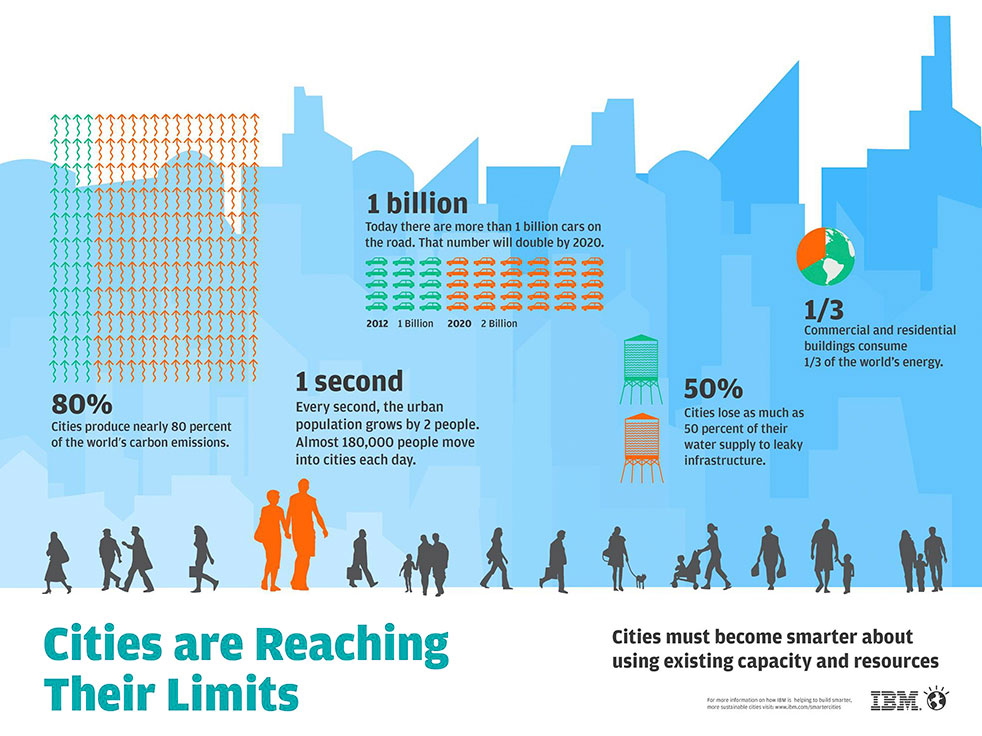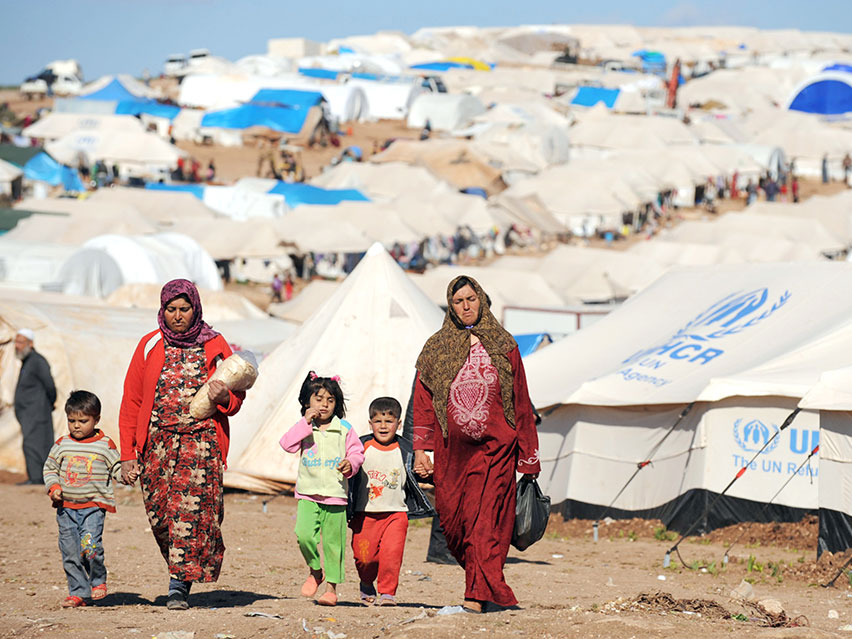African countries at extreme risk are Ethiopia, Sudan and Mozambique, with 95% of casualties due to drought. Since 1980, drought has caused 9,800 deaths in Ethiopia, 5,300 in Sudan (ranked fifth) and over 3,400 in Mozambique (ninth). According to experts, unlike earthquakes and storms, drought damage is more difficult to detect, both in terms of human lives and economic loss because it is a slow onset disaster. Whereas France and Italy, ranked 17 and 18, respectively, are the most vulnerable countries in Europe because of the 40,000 people who died in heat waves in 2003 and 2006, the US, with more than 8,000 lives lost over 30 years, is highly susceptible to hurricanes and storms and ranked 37th. Haiti and China are, respectively, at numbers 8 and 12 among the countries at highest risk. The earthquake in Qinghai Province on April 13, 2010, of almost the same magnitude of that that hit Haiti on January 12, cost the lives of 2,187 people – against 230,000 who died in Haiti. The countries least at risk are Andorra, Bahrain, Gibraltar, Liechtenstein, Malta, Monaco, Qatar, San Marino and the United Arab Emirates. In line with the data produced by Maplecroft, a study by the UN Development Program says that 85% of the people exposed to earthquakes, tropical cyclones, floods and droughts in the past 10 years live in countries having either medium or low human development. Pedro Dabase, head of the UN International Strategy for Disaster Risk Reduction (ISDR) Regional Office for Africa, underlined: “In these types of rankings, the variables to look at are the time period of analyzed data, types of hazards and vulnerabilities to natural disasters. This is because countries that face similar patterns of natural hazards often experience widely differing impacts when disasters occur, depending, in large part, on the kind of development choices they have made.” The expert added: “If one looks at the frequency of earthquakes and cyclones in Haiti in the past 100 years, the situation of the country would not be considered as worrisome, unlike the past 10 years, with great human losses caused by flooding almost every year and hurricanes in 2004, 2005 and 2008. In terms of impacts for example, the recent earthquake in Chile, of the same magnitude of that in Haiti, recorded about 100,000 deaths but, in terms of economic losses, it registered US$22 billion, versus the $8 billion estimated for Haiti. Therefore, the vulnerability of Chile in terms of economic loss is higher than Haiti which, instead, caused more losses in terms of human lives.” Figures produced by the Centre for Research on the Epidemiology of Disasters (CRED) at the beginning of 2010 highlighted that, in the past 10 years, 3,852 disasters killed more than 780,000 people, affecting more than two billion and causing an economic loss of $960 billion. According to ISDR, earthquakes, followed by storms (22%) and extreme temperatures (11%) are the deadliest natural hazards of the past 10 years and remain a serious threat to millions of





